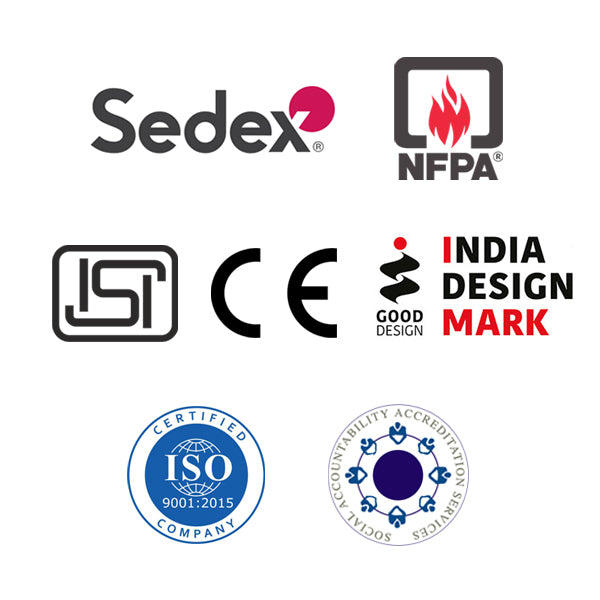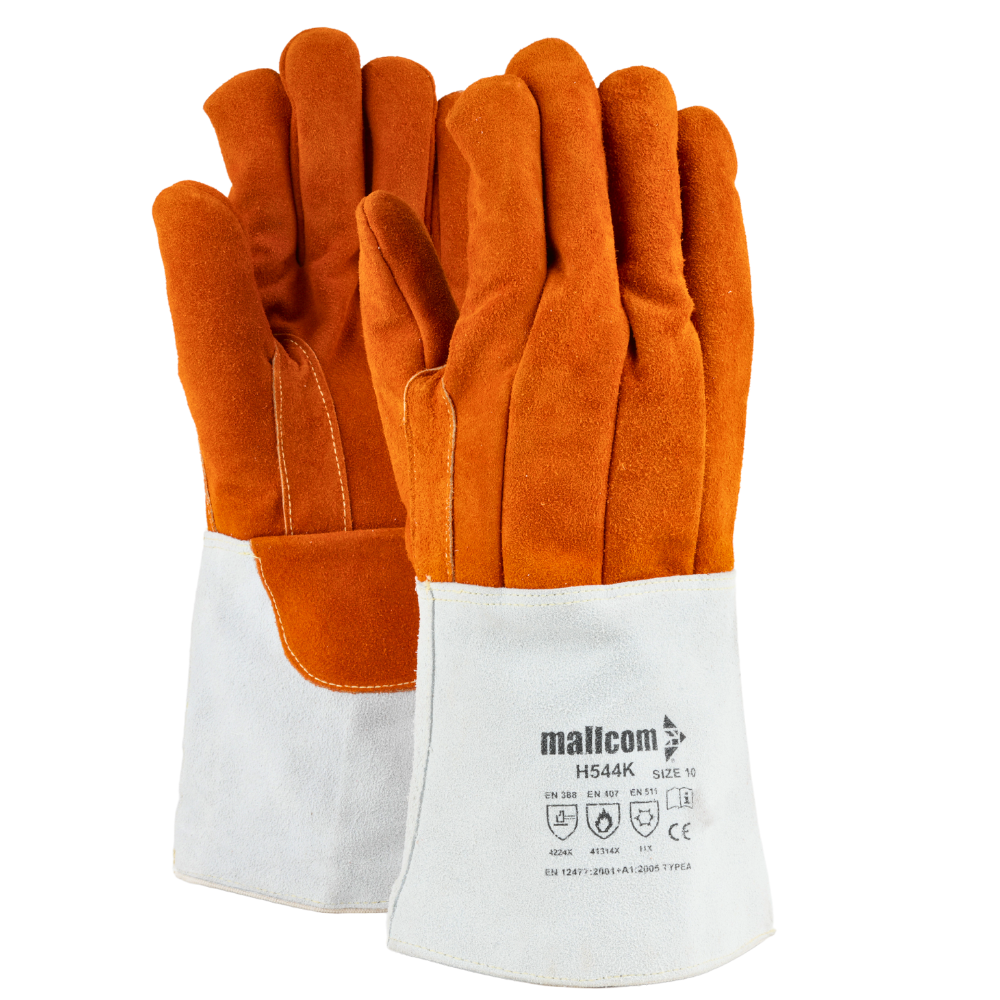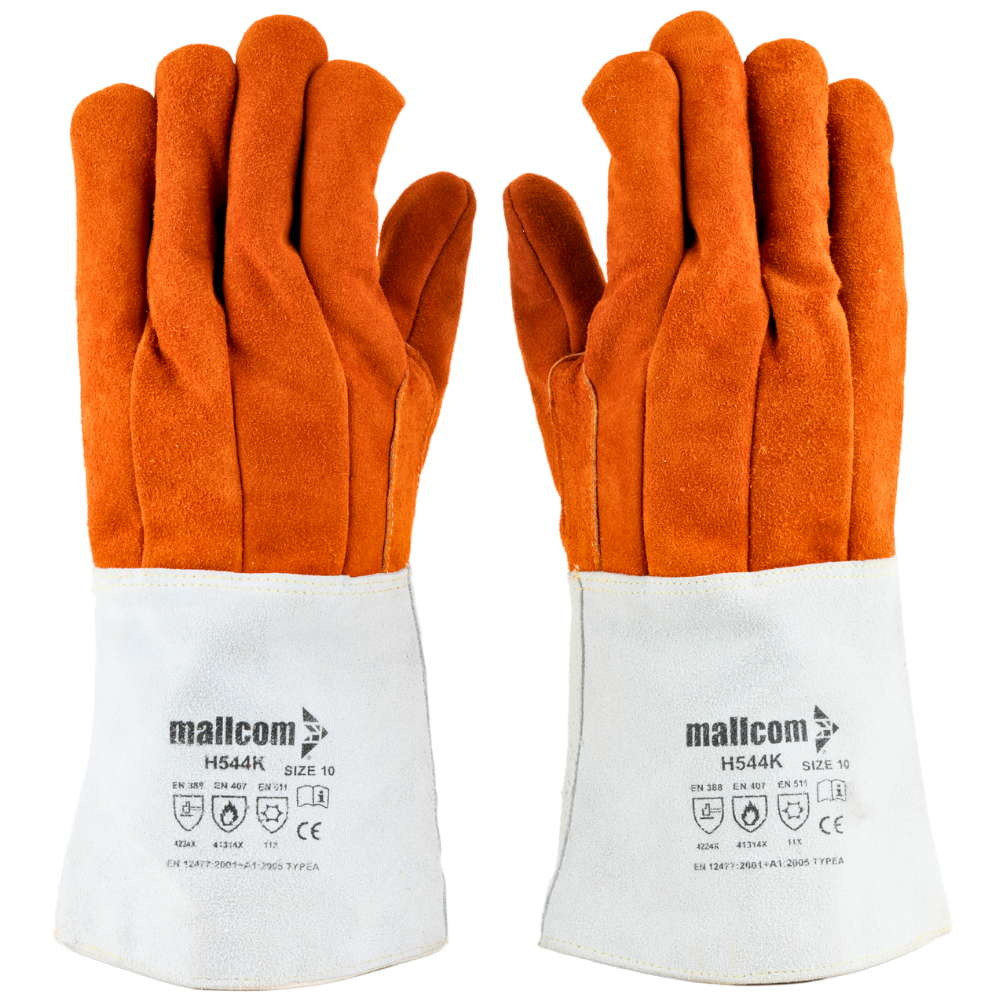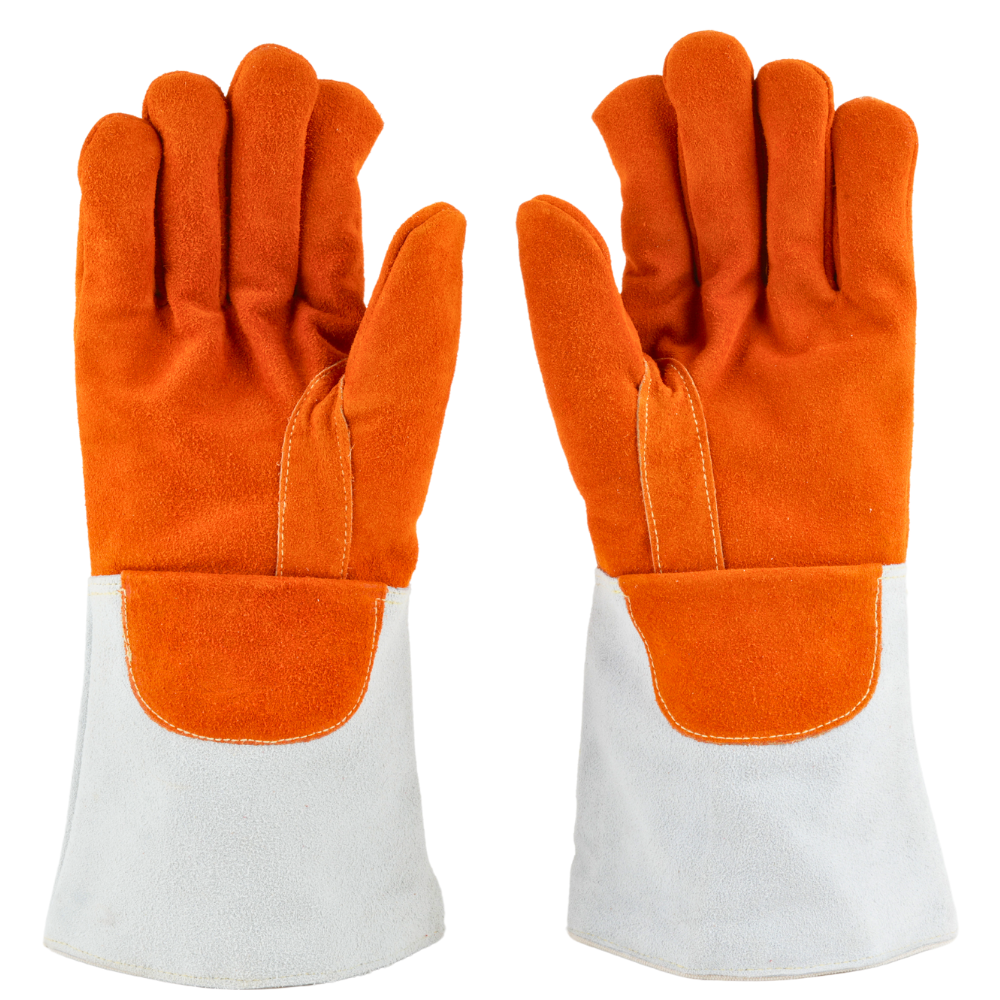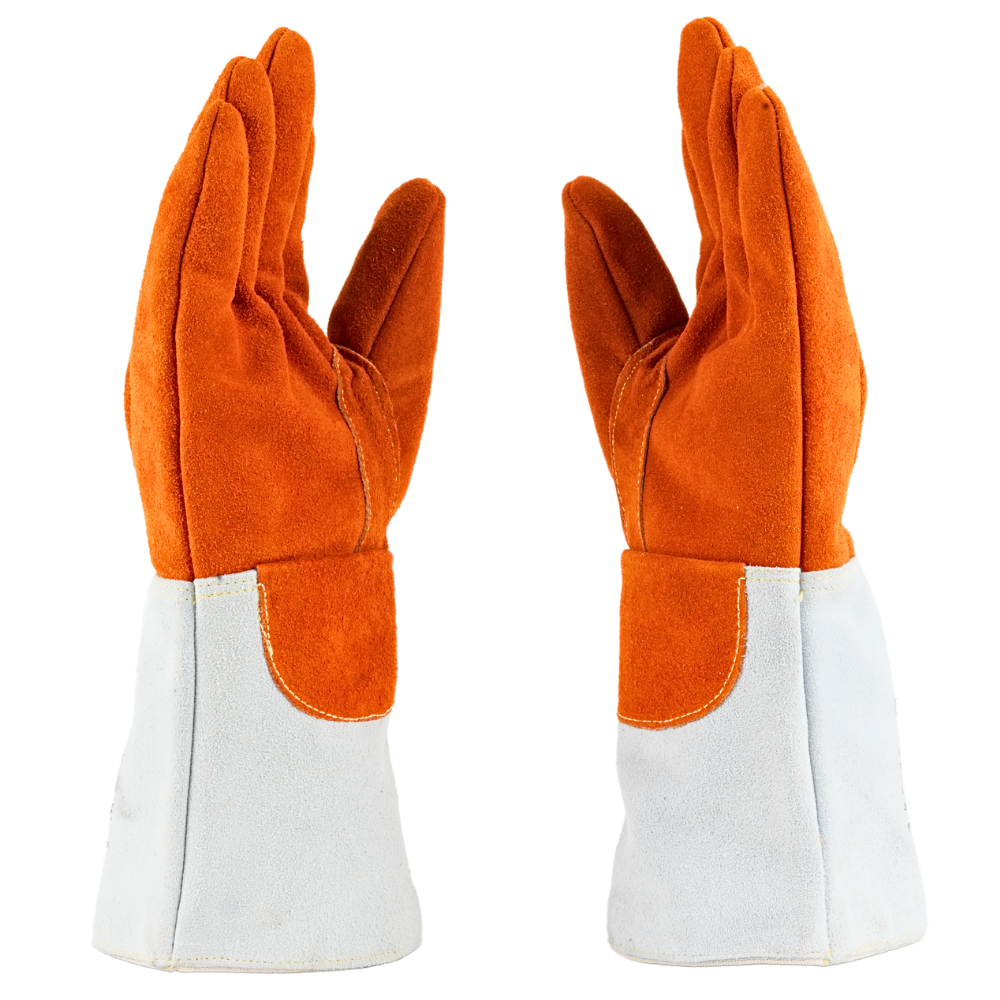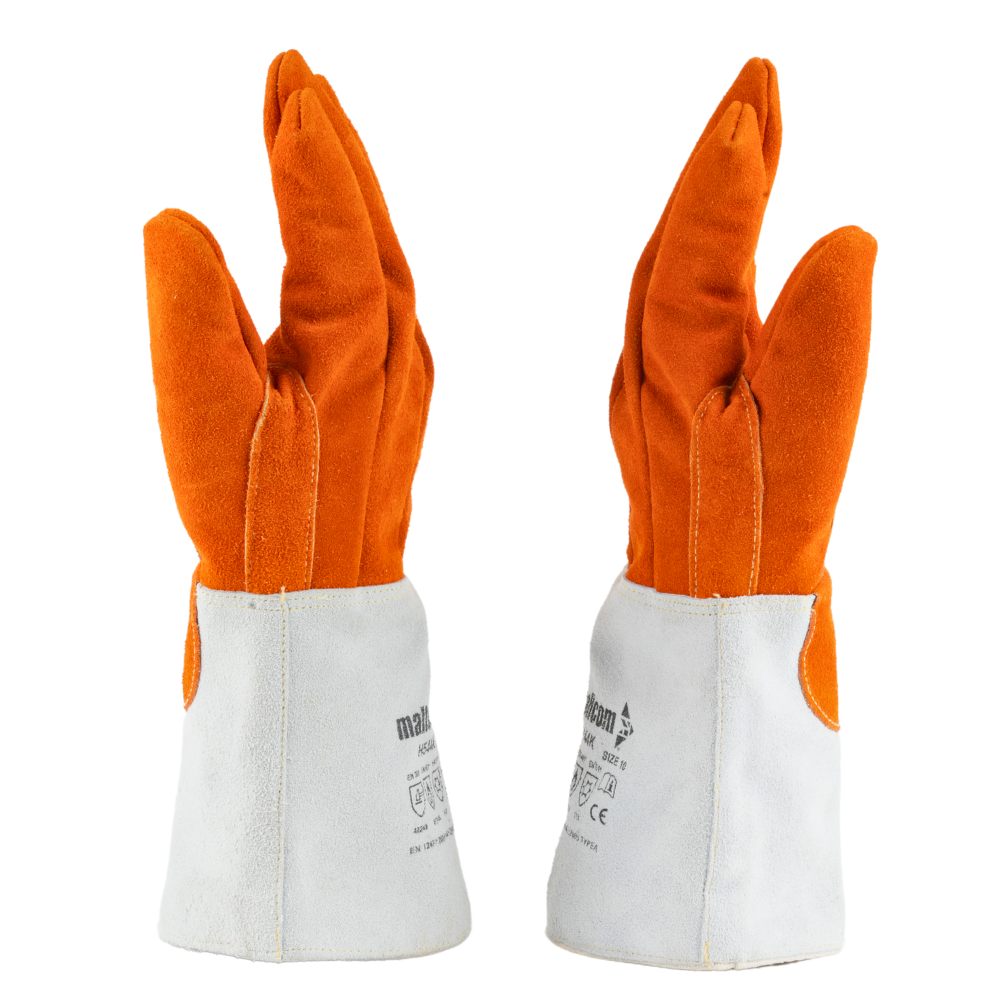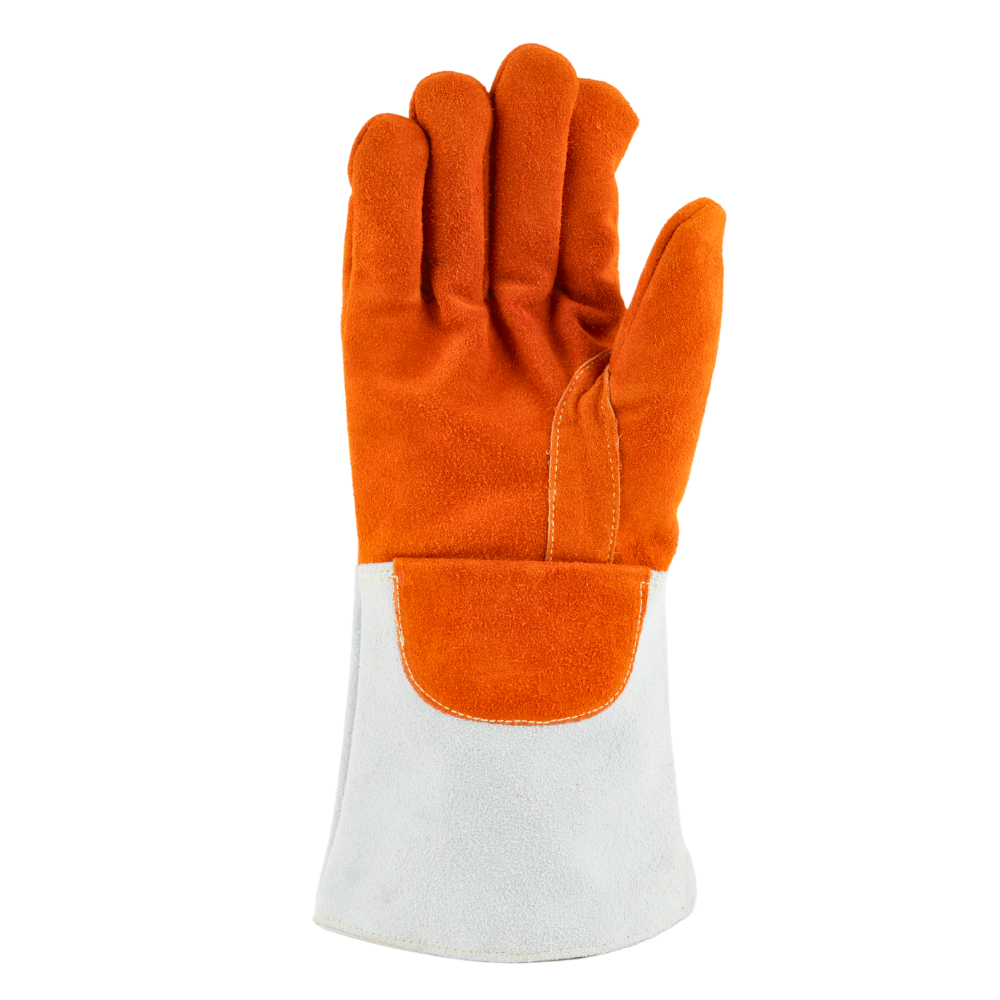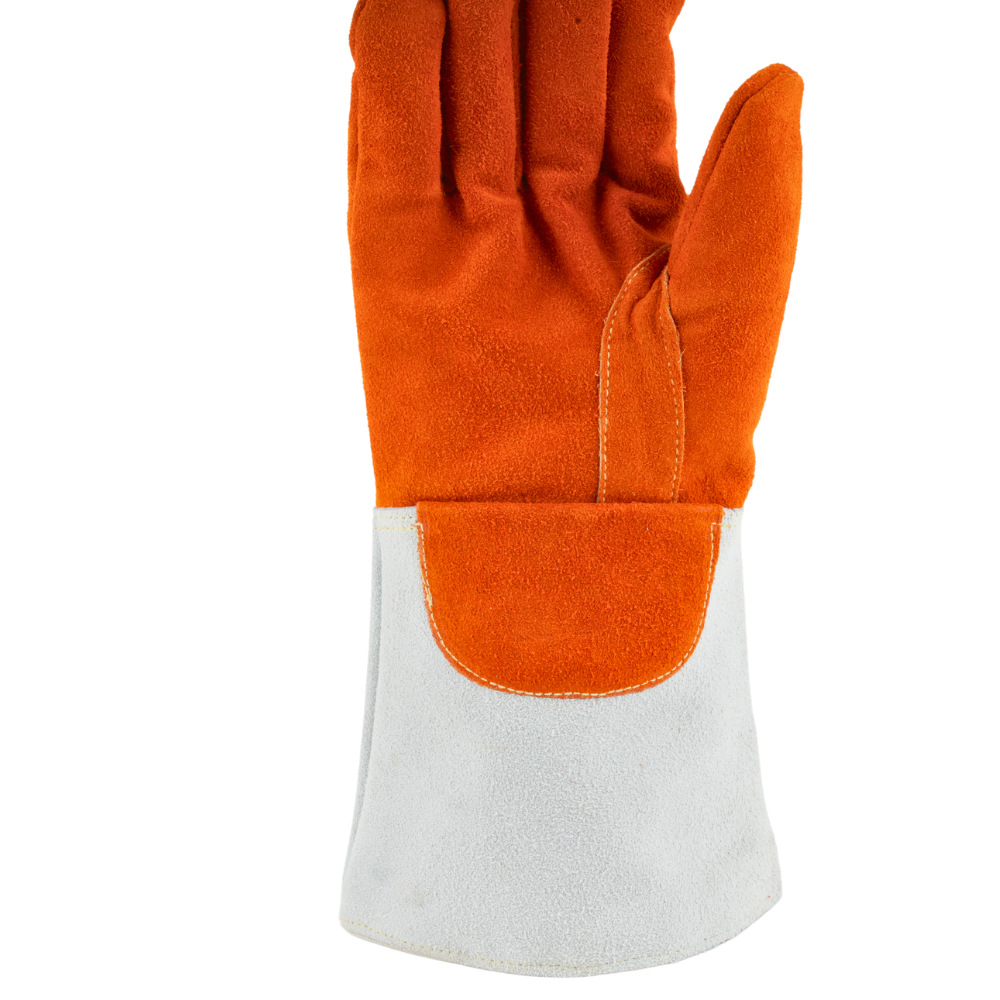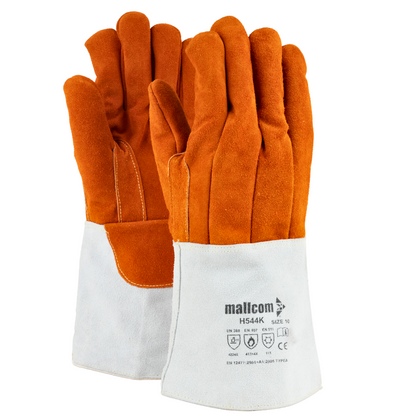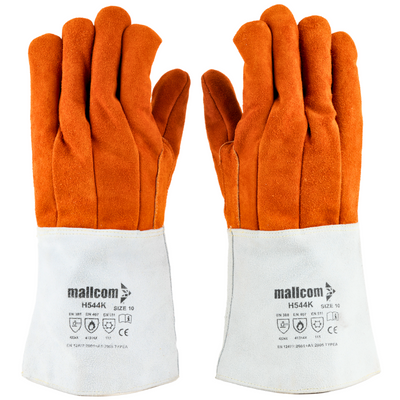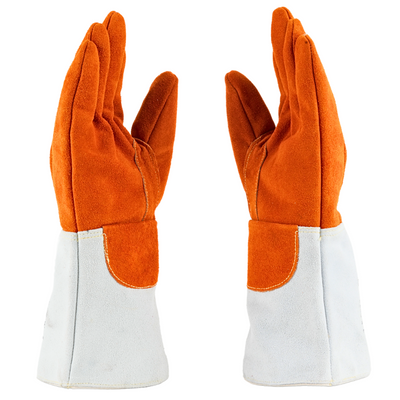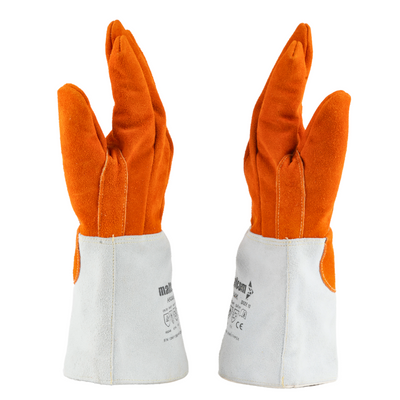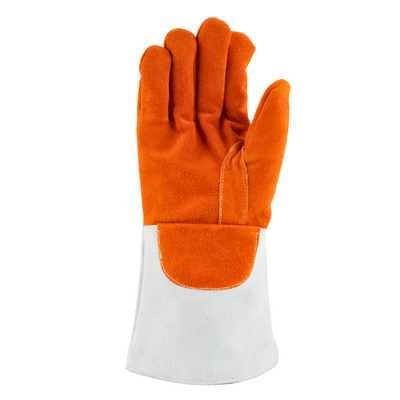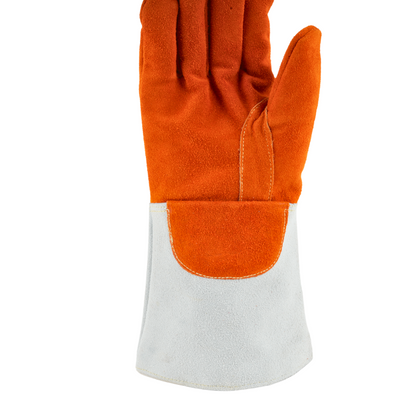H544K
Share
HEAT RESISTANT WELDER GLOVES
- Fire and heat resistant welder glove
- Lining in 100% wool Sewn para-aramid thread
- Heat resistant up to 100 degrees c (for 15 sec)
Abrasion
Heat Resistant
EN 388:2016+A1:2018
EN 407:2020
EN 511:2016
EN 12477:2001+A1:2005
RESIST 100 *C CONTACT HEAT FOR 15 SECONDS
Delivery & Services

Easy Return
with our 15 days return poicy
Regular price
Rs. 0
Sale price
Rs. 0
Regular price
Tax included.
Shipping calculated at checkout.

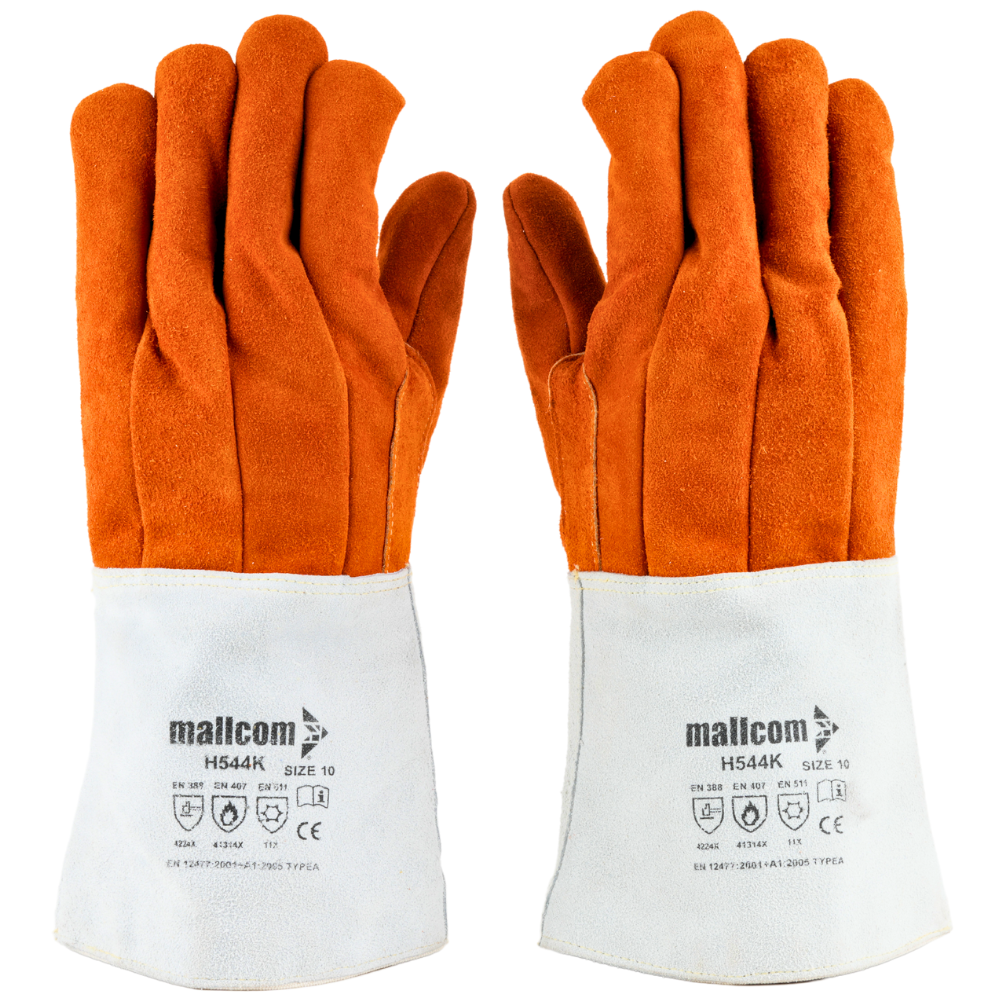
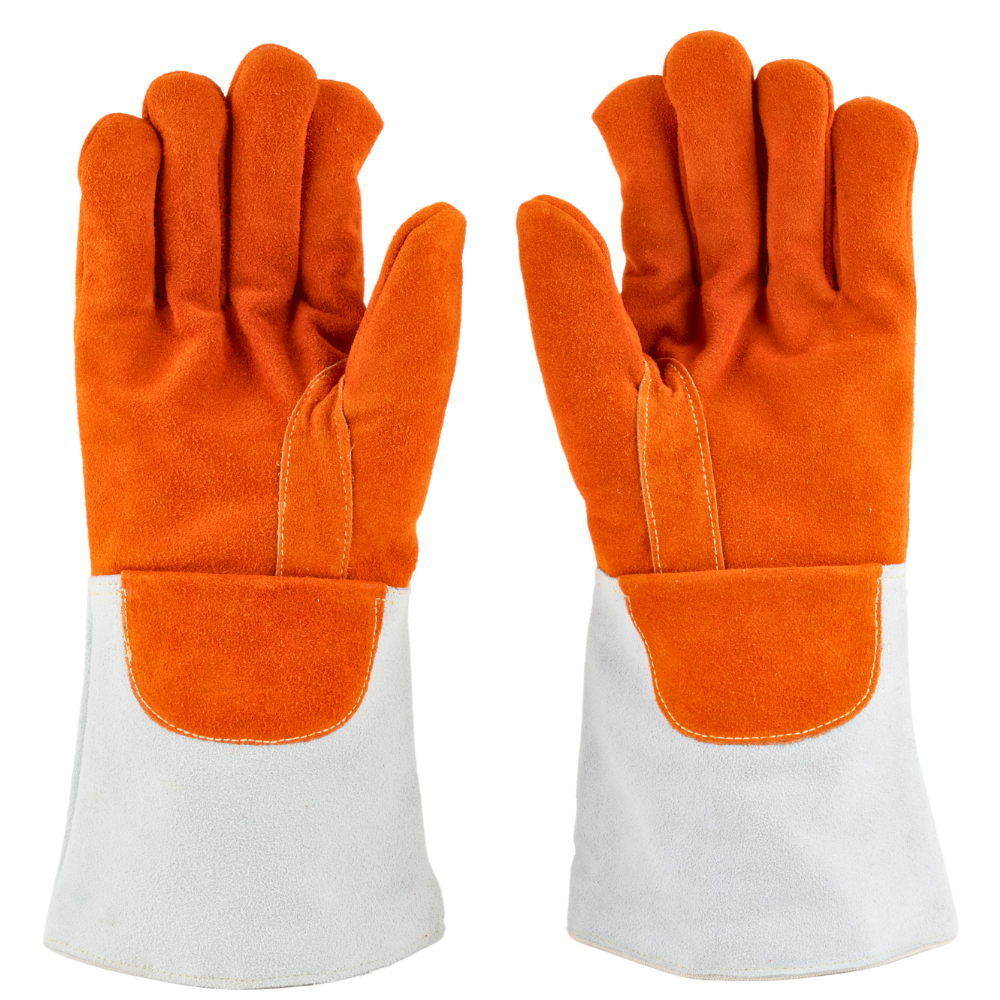
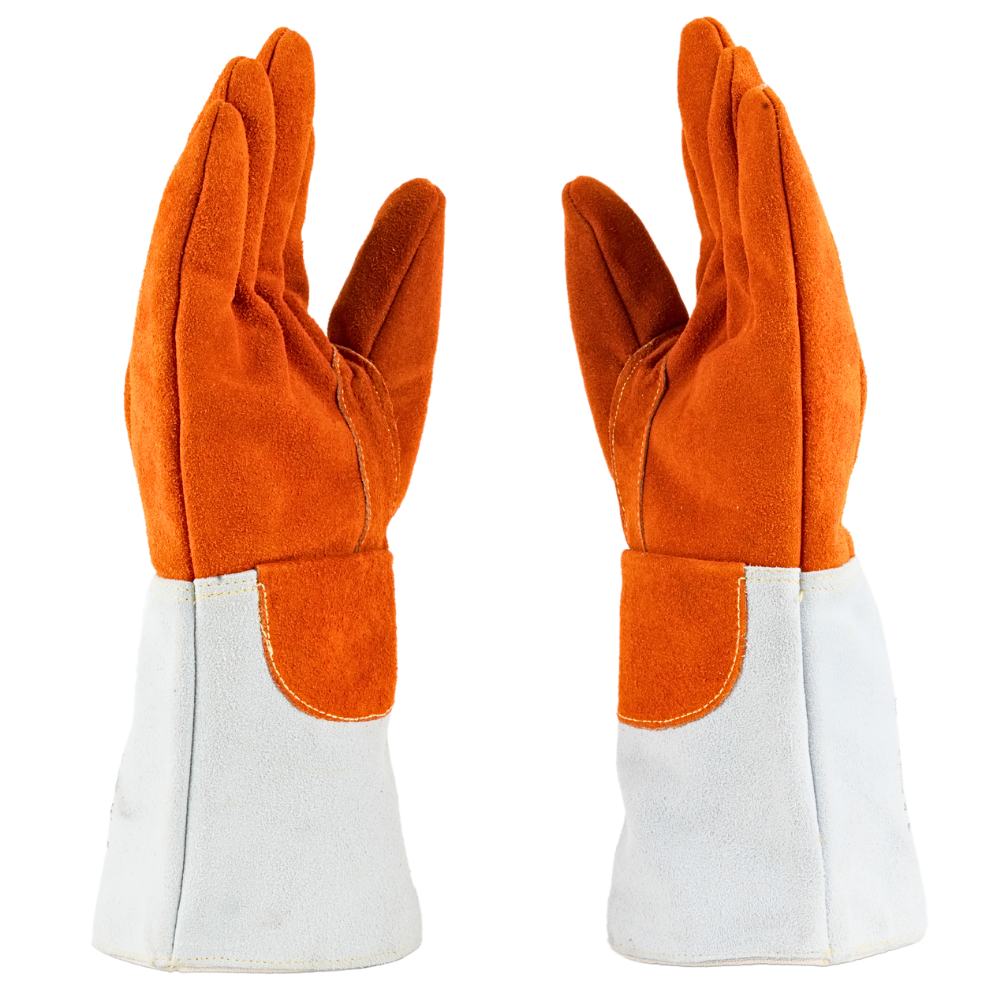
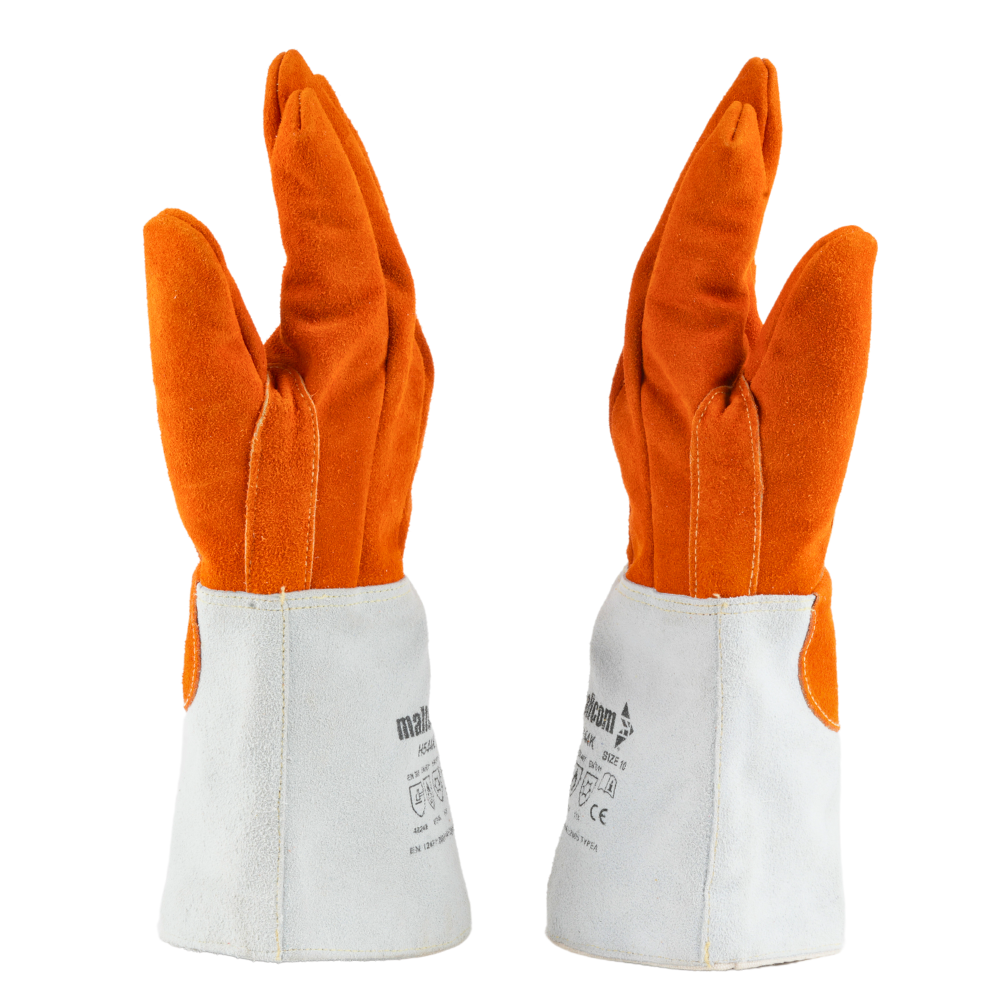

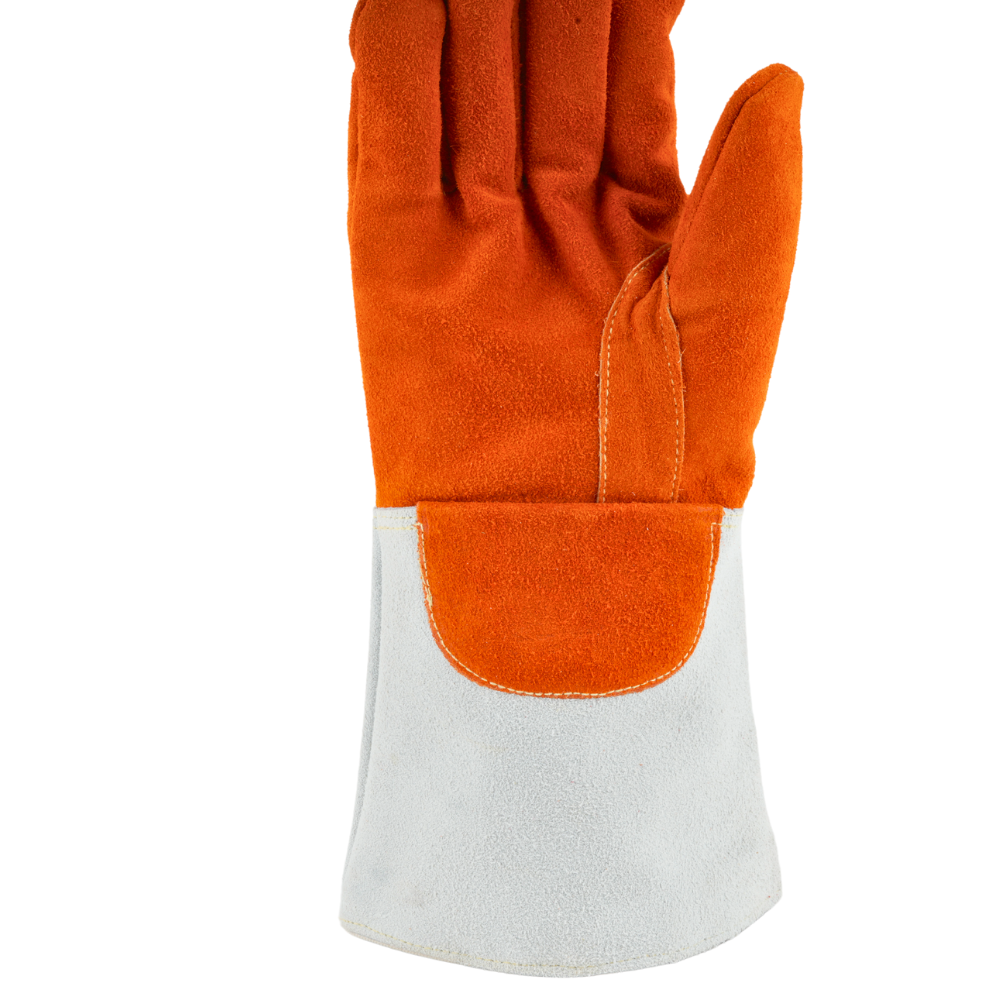
ABOUT THE DESIGN
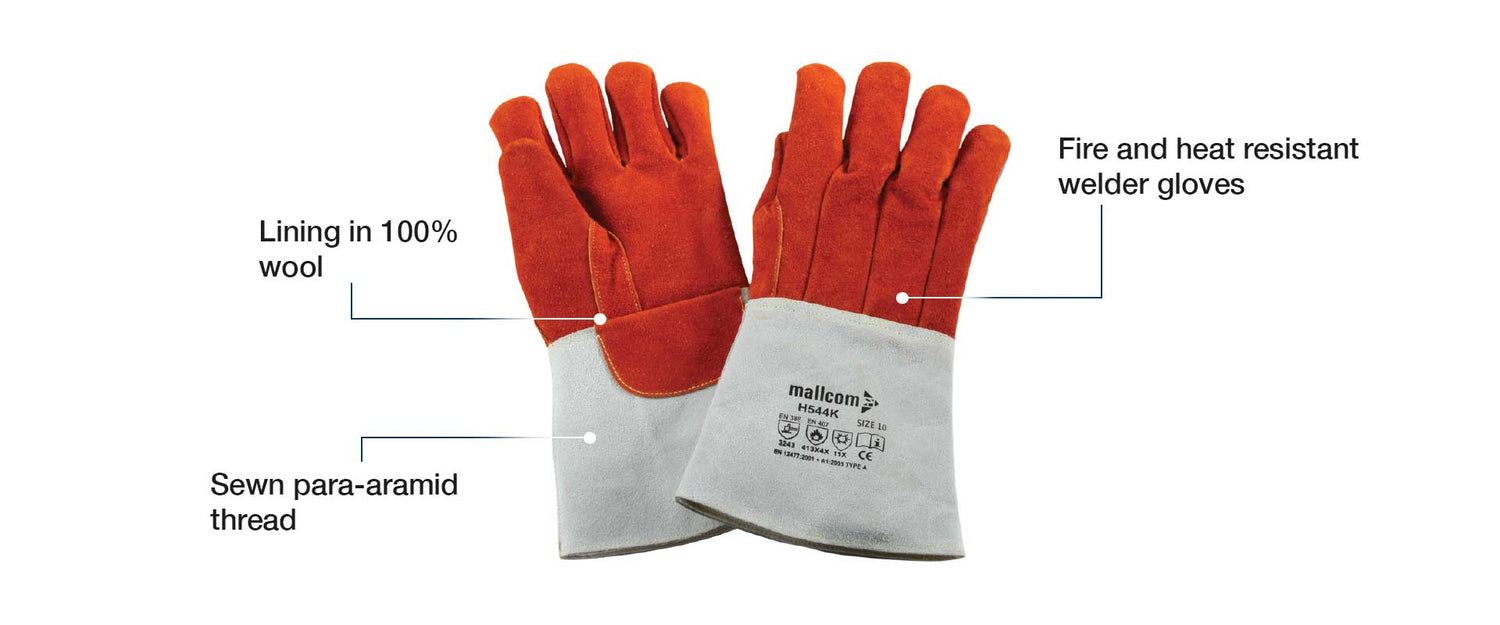
USEFUL IN THESE INDUSTRIES
AUTOMOBILE
IRON & STEEL
METALLURGY
REPAIRS & MAINTANENCE

Product Features
ABOUT THE DESIGN
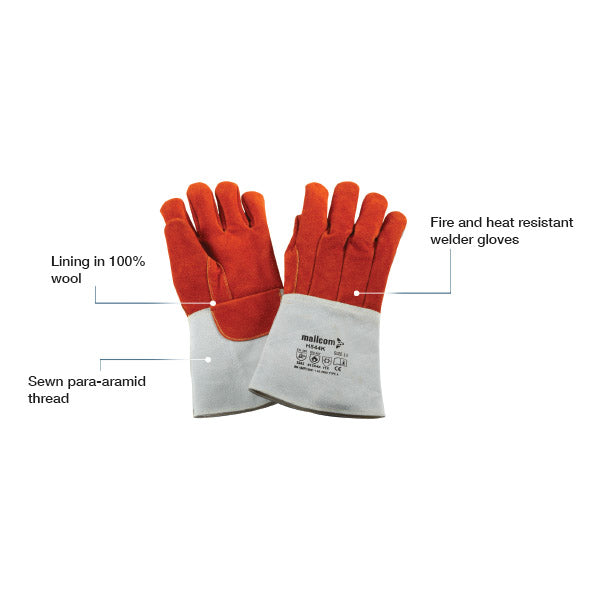
USEFUL IN THESE INDUSTRIES
AUTOMOBILE
IRON & STEEL
METALLURGY
REPAIRS & MAINTANENCE
Product Details
